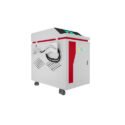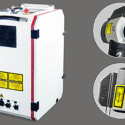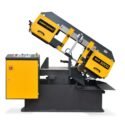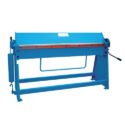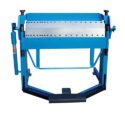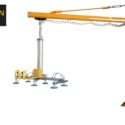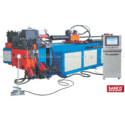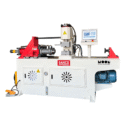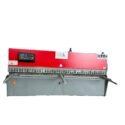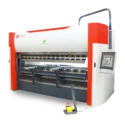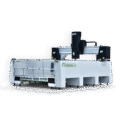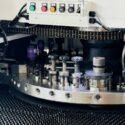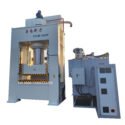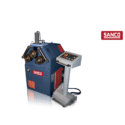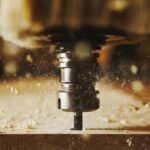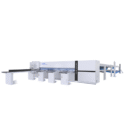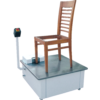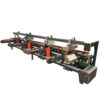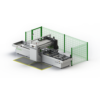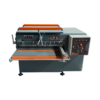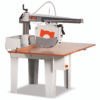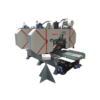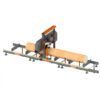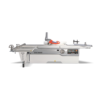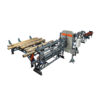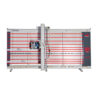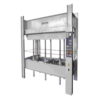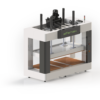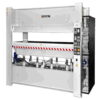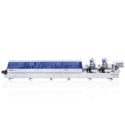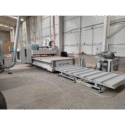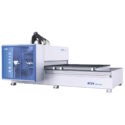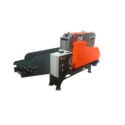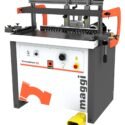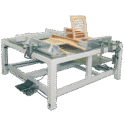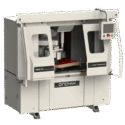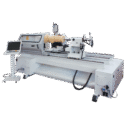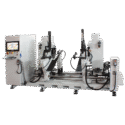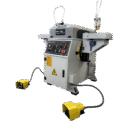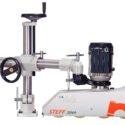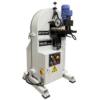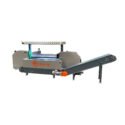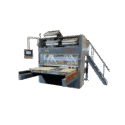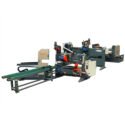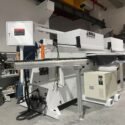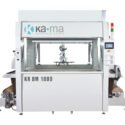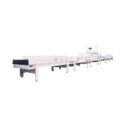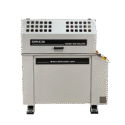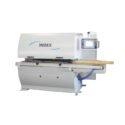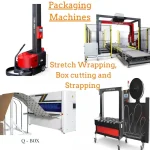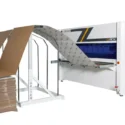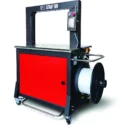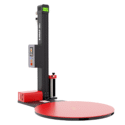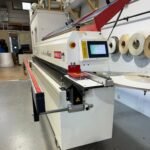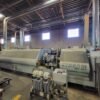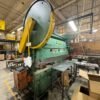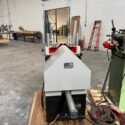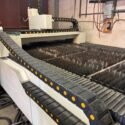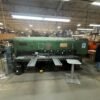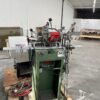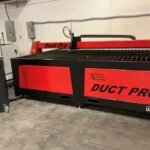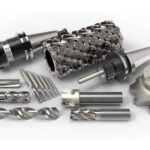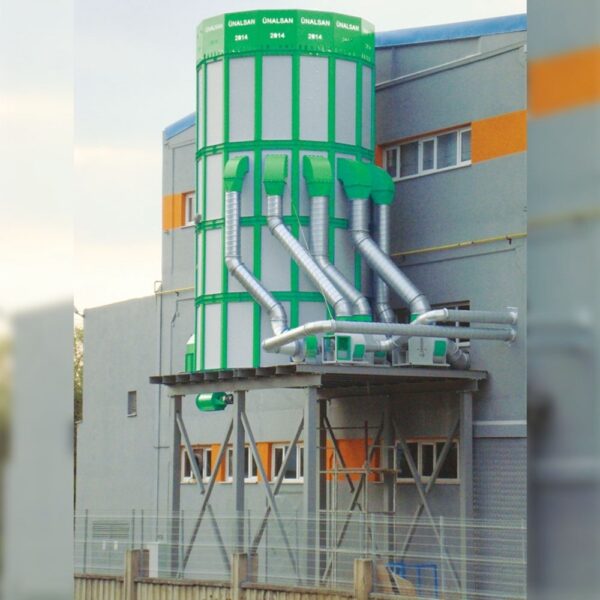
Spiral vs clipped ducting systems—which one is right for your project? If you’re trying to choose between these two options, you’re not alone. The debate of spiral vs clipped often comes down to the specific application, environment, and performance needs of the ductwork. Each system comes with its own strengths, making the decision less about which is “better” and more about which is better suited for your situation.
Generally, a spiral ducting system is ideal for heavier-duty applications such as dust collection and ventilation, where strength, durability, and air-tightness are key. On the other hand, a clipped ducting system tends to be more appropriate for lighter tasks, including air conditioning systems and light industrial setups, where flexibility and ease of installation are priorities.
As you consider spiral vs clipped options, it’s important to weigh factors like airflow efficiency, ease of maintenance, installation time, and cost. Depending on your space, usage, and long-term maintenance goals, either system could be the right fit.
In this article, we’ll break down the key differences in the spiral vs clipped ducting system comparison to help you make the most informed choice for your project’s unique demands.
What is a spiral ducting system?
In the debate between choosing spiral vs clipped, we can start by outlining what a spiral ducting system is. A spiral ducting system is a flexible system that uses a corrugated metal duct to direct air flow. The ducting is coiled into a spiral with a continuous length that can be uncoiled and laid out as needed.
Spiral duct is used primarily for heavy-duty dusty or clean air applications, and the corrugated design helps to increase airflow. The most common types of spiral ducting systems include dust collection systems and ventilation systems.
Spiral ducting systems are ideal for high-pressure applications, such as dust collection, HVAC, and ventilation. They are often used as part of a larger industrial or commercial setup. They are also commonly used in a variety of residential applications, such as dryer vents.
Spiral ducting systems are typically made from flexible and lightweight materials, making them easy to roll up and move around as needed. This makes them ideal for situations where the ducting must be moved or repositioned frequently.
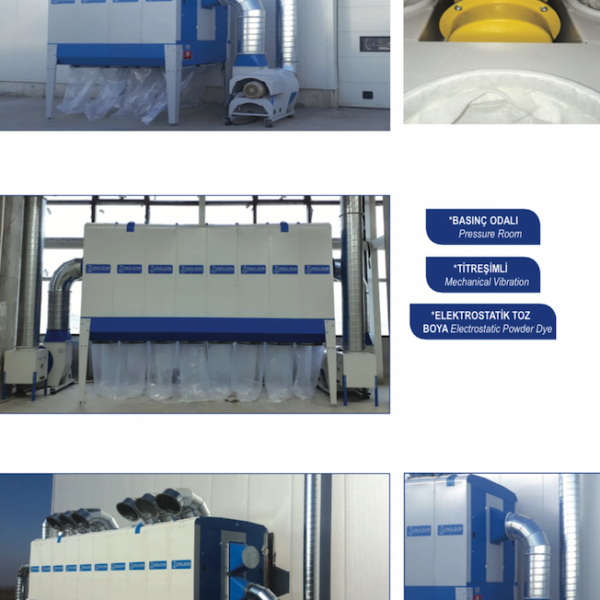
What is a clipped ducting system?
After outlining the spiral ducting system, we move forward in the spiral vs clipped evaluation by examining the clipped ducting system. A clipped ducting system uses a smooth sheet metal duct that is attached to the wall with mounting clips. The ducting is usually connected to larger ductwork and is used to redirect and control airflow.
Clipped ducting systems are usually used for ligher-duty applications, such as HVAC, dust collection, and industrial applications. They need a higher air pressure to function properly and are often used in conjunction with air compressors and air pressure regulators.
Clipped ducting systems are often used for larger industrial and commercial setups, such as air conditioning systems. They are typically made from thicker and heavier materials, making them well-suited for heavier applications. They are also often made with pre-connected pieces to make installation easier.
Advantages of spiral ducting systems
- Can handle high pressure
- Low installation cost
- Spiral duct systems can be installed by one person and are lightweight and easy to handle.
- They are also less expensive than other types of ducting systems.
- Easy to move and reposition
- Spiral ducting systems are flexible and can be coiled up for easy transport or repositioning.
- They can also be installed in tight spaces and around obstacles.
- They can be uncoiled and rolled back up as needed.
- Good for low-pressure applications
- Because spiral ducting systems are light and low-pressure, they are often used in low-pressure applications where there is little or no risk of damaging the system.
- Good for low-volume applications
- Because spiral ducting systems are light and low-pressure, they are often used in low-volume applications where there is little or no risk of damaging the system due to low flow.
Advantages of clipped ducting systems
- Clipped ducting systems can handle high pressure, which makes them suitable for heavier-duty applications.
- They can also be connected to air pressure regulators for more consistent air flow.
- Good for high-volume applications
- Clipped ducting systems can handle high pressure, which makes them suitable for heavier-duty applications.
- They can also be connected to air pressure regulators for more consistent air flow.
- Better for ligh-pressure applications
- Clipped ducting systems can handle high pressure, which makes them suitable for heavier-duty applications.
- They can also be connected to air pressure regulators for more consistent air flow.
- Better resistance to damage
- Clipped ducting systems are enclosed and usually have smooth surfaces, so they have better resistance to damage than spiral ducting systems. They are often used in applications where there is a risk of damaging the system.
- Better for indoor use
- Clipped ducting systems are enclosed and usually have smooth surfaces, so they are better for indoor use than spiral ducting systems. They are often used for indoor applications where there is a risk of damaging the system.
- Better for heavier applications
- Clipped ducting systems are heavier and enclosed, making them better for heavier applications where there is a risk of damaging the system.
Factors to consider when choosing between a spiral vs clipped ducting system
When choosing between spiral vs clipped ducting systems, you’ll want to consider the following:
- Volume – When choosing between a spiral and clipped ducting system, it is important to consider the volume of air flow you need for your application. Spiral ducting systems are better for lower volume applications, while clipped ducting systems are better for high volume applications.
- Pressure – When choosing between a spiral and clipped ducting system, you should also consider the air pressure you need for your application. Spiral ducting systems are better for low pressure applications, while clipped ducting systems are better for high pressure applications.
- Cleanliness – When choosing between a spiral and clipped ducting system, you should also consider how clean the air flow needs to be. Spiral ducting systems are better for dustier applications, while clipped ducting systems are better for cleaner applications.
- Application type – When choosing between a spiral and clipped ducting system, you should also consider the type of application you need the ducting system for. Spiral ducting systems are better for residential applications, while clipped ducting systems are better for industrial applications.
Examples of different types of ducting systems
- Spiral ducting systems – Spiral ducting systems are lightweight and flexible, making them ideal for low-pressure applications like dust collection. They can also be used in low-volume applications.
- Clipped ducting systems – Clipped ducting systems are heavier and more rigid than spiral ducting systems, making them better for high-pressure applications. They are often used for indoor applications, especially in residential settings.
- Ducting systems for air conditioning – Ducting systems for air conditioning are often heavier and thicker than spiral ducting systems, making them better for high-pressure applications. They are often used for indoor applications and are often pre-connected for easier installation.
- Ducting systems for ventilation – Ducting systems for ventilation are lighter and more flexible than clipped ducting systems, making them better for low-pressure applications. They are often used for indoor applications and are often pre-connected for easier installation.
- Ducting systems for exhaust – Ducting systems for exhaust are often lighter and more flexible than clipped ducting systems
Conclusion: Spiral vs Clipped?
When deciding between spiral vs clipped ducting systems, it’s essential to evaluate your project’s unique requirements. Both options offer distinct advantages, and understanding those differences is key to making the right choice. In the spiral vs clipped debate, consider factors such as air pressure, volume, and application type.
While spiral ducting excels in flexibility and low pressure environments, clipped ducting provides superior durability and high-pressure performance. Ultimately, the spiral vs clipped decision should align with your operational needs, budget, and long-term goals. By weighing the pros and cons of spiral vs clipped systems carefully, you’ll ensure an efficient and effective setup.
Looking for a metalworking machine while working on deciding between spiral vs clipped ducting systems? Browse our selection here.



